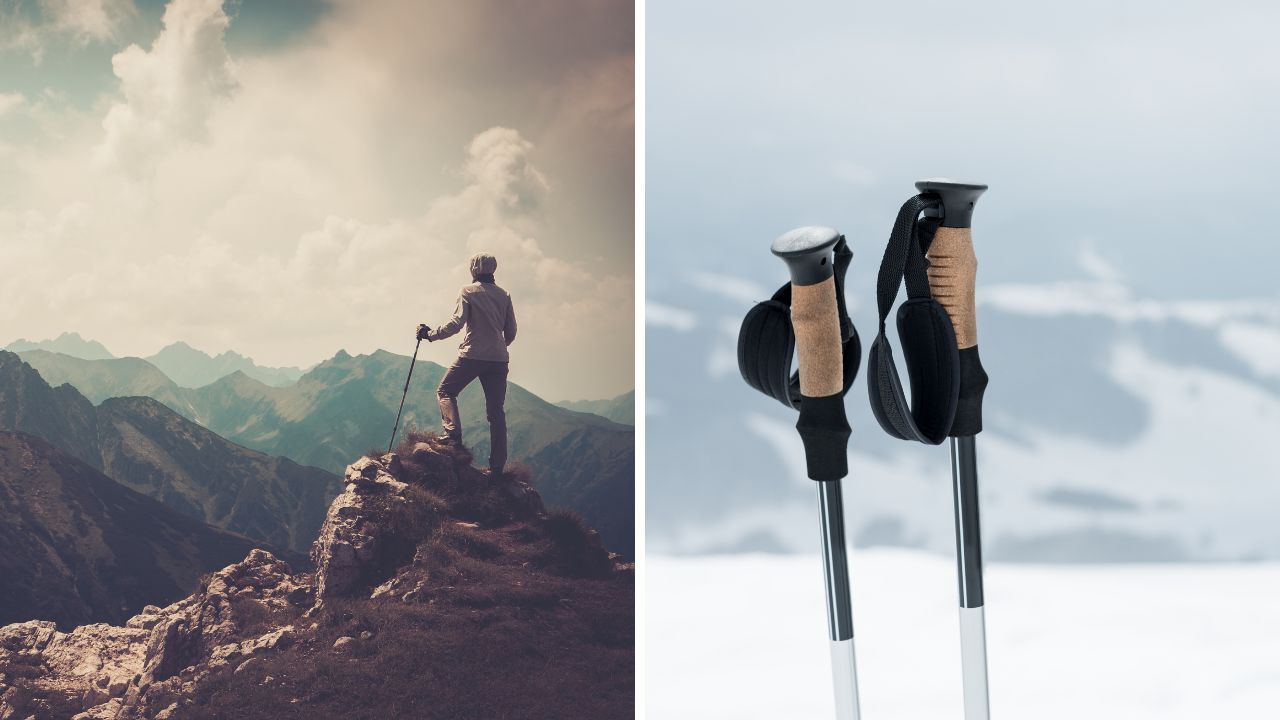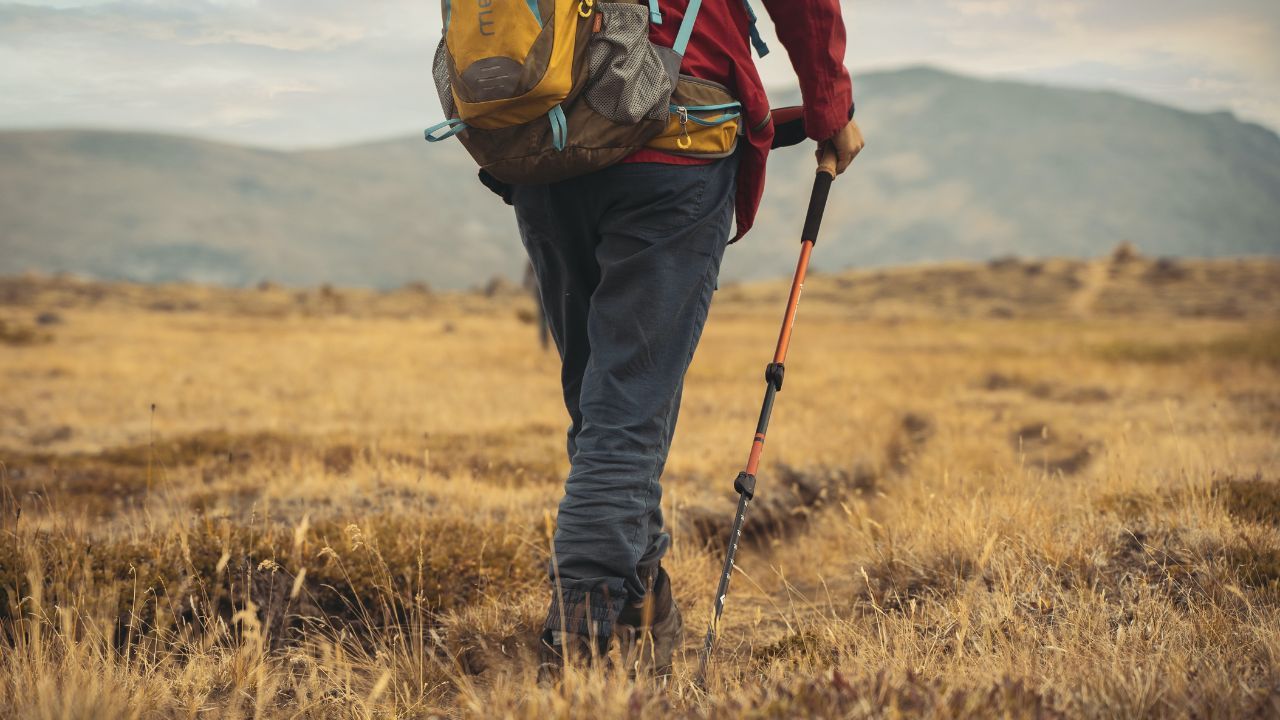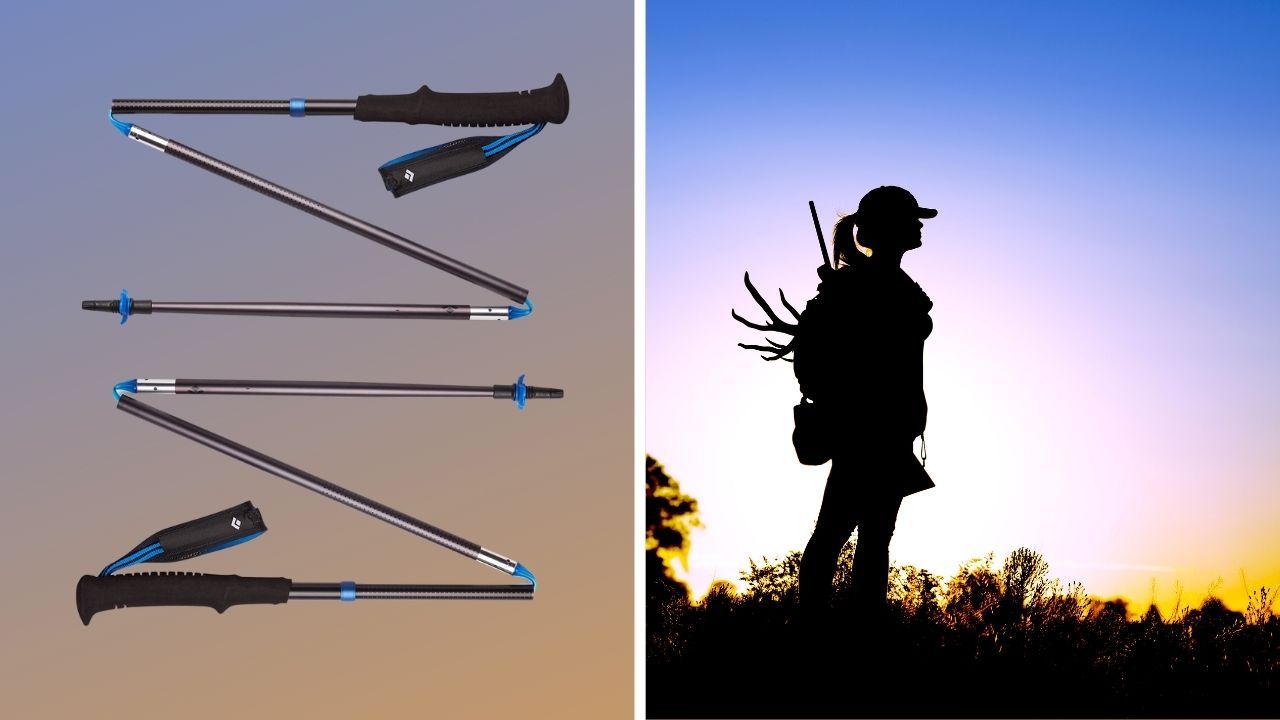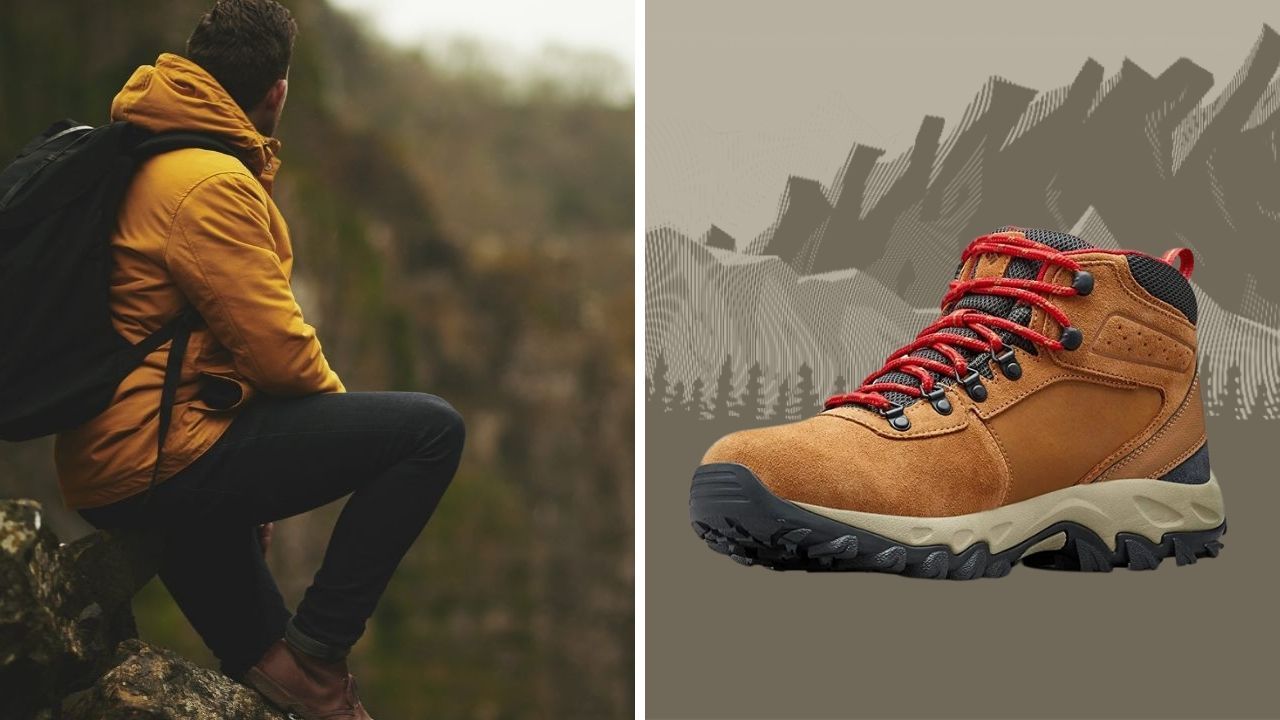
What Are Trekking Poles For? A Beginner's Guide
From novice hikers to seasoned pros, everyone could use a little extra support on the trail. Trekking poles are a fantastic tool for all hikers.
For many outdoor enthusiasts, getting out into nature means exploring the great outdoors on foot. Whether you're a seasoned hiker or a weekend walker, you know that trekking through rough terrain can be both challenging and rewarding.
One valuable tool that hikers and walkers have come to rely on is the trekking pole.
In this guide, we’ll discuss the benefits of using trekking poles, what size pole you need, and help you answer the question, “Are trekking poles worth it?”
What Are Trekking Poles and What Are Their Benefits?
Trekking poles are similar to ski poles but with some slight differences in design.
- They are made of lightweight, durable materials such as aluminum or carbon fiber and come in two or three sections for easy packing.
- The poles are collapsible and can be adjusted to varying lengths to fit hikers of different heights.
The main benefits of trekking poles are that they provide additional support, stability, and balance while exploring uneven terrain.
- They reduce the strain on your legs, knees, and back by transferring some of the weight from your upper body to the poles.
- They also help you maintain your balance, which is especially important when walking on wet or slippery surfaces, steep inclines or declines, and rocky terrain.
What Size Trekking Pole Do I Need?
Choosing the right size trekking pole is important to ensure maximum stability and comfort. Trekking poles come in a variety of sizes, generally ranging from 100cm to 140cm.
There is no wrong or right length as everyone's body is different and will be dependent on what you feel is comfortable for you. But below is a good starting point.
To determine the right size trekking pole, follow these simple steps:
- Stand up straight with your elbows at a 90-degree angle.
- Have someone measure the distance from the ground to your elbow.
- Add approximately 2-4 inches (5-10 cm) to the measurement to get the recommended length of your trekking pole.
- Adjust the pole accordingly to ensure a comfortable grip when holding it.
It's important to note that most trekking poles have adjustable lengths, which can be helpful if you're in between sizes or if you need to make adjustments depending on the terrain.
- On uphill ascents, you will usually go with a shorter length, and on downhill descents, a longer length is better.
- However, if you're purchasing a fixed-length trekking pole, make sure to choose the right size for your body to ensure maximum comfort and effectiveness.
| Height | Pole Length |
|---|---|
| < 5' 1" | 100 cm |
| 5' 1" - 5' 7" | 110 cm |
| 5' 8" - 5' 11" | 120 cm |
| 6' + | 130 - 140 cm |
Longer poles are better suited for flatter trails. But, most trekking poles come with adjustable lengths for greater versatility.
Are Trekking Poles Worth It?
For many hikers and walkers, trekking poles are worth the investment. They can provide much-needed support, making your experience more comfortable and enjoyable.
- They also reduce the risk of injury by helping you maintain balance and stability on rough terrain.
- They can also help distribute weight, allowing you to carry a heavier backpack load.
However, despite their many benefits, trekking poles may not be necessary for everyone.
- If you're a casual walker or hiker who sticks to even terrain, you may not find them essential.
- Likewise, if you're on a very tight budget, you may choose to skip them.
How to Use Trekking Poles?
Once you've chosen your trekking poles, it's important to learn how to use them properly.
- When using trekking poles, they should be held with your elbows bent at a 90-degree angle, with your arms loose at your sides.
- Keep the poles level with the ground while walking, moving them naturally from front to back.
- When walking uphill, shorten the poles by a few centimeters, whereas, when going downhill, extend the poles by a few centimeters.
- Use a wrist strap for additional support and to keep yourself from accidentally dropping the poles.
Bottom Line
Trekking poles are an essential tool for hikers and walkers alike. By providing support, stability, and balance, they allow outdoor enthusiasts to explore more challenging terrains with greater comfort and reduced risk of injury.
Choosing the right size pole and learning how to use them correctly is vital in maximizing their benefits.
While not vital for everyone, many hikers and walkers find that investing in a pair of trekking poles is worth the cost for an enhanced outdoor adventure.
Before You Go...






